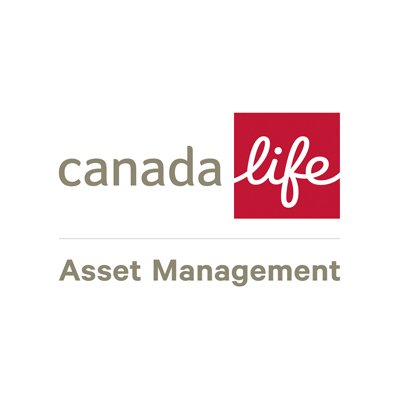Investors in Europe have piled into longer-duration US Treasuries and investment-grade corporate debt ETFs even as doubts linger over the stubbornness of high inflation and the Federal Reserve’s response.
According to data from Bloomberg Intelligence, fixed income ETFs in Europe raked in more than $4.2bn over the past three months, as at the end of July, at the expense of equity and commodity ETFs which saw $2.5bn and $5.5bn outflows, respectively, over the same period.
Much of this came as part of a rotation from short-duration US Treasury ETFs to those closer to the midway point of the yield curve.
Evidencing this, the iShares $ Treasury Bond 7-10yr UCITS ETF (IBTM) has added $1.6bn over the past two months, as at 9 August, while investors withdrew $595m from the iShares $ Treasury Bond 1-3yr UCITS ETF (IBTS), according to data from ETFLogic.
At first glance, this shift makes sense. After the Fed implemented two consecutive interest rate hikes of 75 basis points (bps) – its highest in 28 years – the second was quickly followed by news the US had entered a technical recession.
In its July global macro note, JP Morgan suggested “bad data is starting to be seen as good”, with economic slowdown potentially leading to a more moderate Fed, continued moderation of bond yields and levelling off in inflation.
If the market is to believe the Fed’s hawkishness so far in 2022 will end after the US enters a recession and inflation is tamed, the last fortnight would suggest this is the way events are unfolding.
While the two-year US Treasury yield was down from its June highs, on Wednesday, it was 21bps higher – at 3.21% – than it was when the Federal Open Market Committee (FOMC) concluded its meeting on 27 July.
Meanwhile, 10-year US Treasury yields have remained broadly flat at 2.79% so far in August, which means we are in negative yield curve territory, a favourite recession bellwether.
Additionally, US consumer price inflation hit 8.5% on Wednesday, below 9.1% for the previous month and 0.2 percentage points below economist forecasts.
Amid strengthening recession signals and the potential start of cooling inflation, one might not blame investors for getting comfortable with the ‘soft landing’ narrative and the idea that shorter-duration US Treasury yields – and their greater sensitivity to interest rates – would become less attractive as most signs point to a less hawkish Fed.
However, others, such as James Athey, investment director at abrdn, warned investors should avoid becoming complacent about a more dovish Fed and a yield curve inversion.
“A steeper yield curve, a weaker US dollar and stronger risk assets are the obvious response to such an interpretation,” he warned. “The problem of course is that these very market moves act to further ease financial conditions at a time where inflation remains at a 40-year high. Not the result anyone in the Eccles building should have wanted to see.”
BlackRock’s recent weekly market commentary also struck a bearish tone, arguing a ‘soft landing’ is not a likely outcome in a volatile macro backdrop shaped by construction constraints.
“Central banks will have to plunge the economy into a deep recession if they really want to squash today’s inflation – or live with more inflation,” BlackRock said. “We think they will ultimately do the latter – but they are not ready to pivot yet. As a result, we see lower growth and elevated inflation ahead.”
Corporate bond ETFs in demand
Instead of making bets along the US Treasury yield curve, the world’s largest asset manager offered its support to investment-grade credit for reasons including the number of defaults in 2022 being at their lowest since 2014 and relatively low supply, with investment-grade issuance down almost 20% versus last year, according to data from S&P Global.
BlackRock also favoured investment-grade credit over US Treasuries as credit spreads remain wider than they were at the start of the year. Against equities, it said higher coupon income could offer a cushion against another yield spike following persistent inflation while equities valuations currently do not reflect the chance of a growth slowdown.
Many investors are also buying this narrative, with $1.6bn flowing into the $7.9bn iShares $ Corp Bond UCITS ETF (LQDE) over the past two months.
Regardless of which side of the inflation and monetary policy fence investors sit on, it is clear fixed income ETFs have been the tool of choice for navigating current market volatility.
Against the current yield backdrop, Jordan Sriharan, fund manager at Canada Life Asset Management, told ETF Stream: “For investors seeking yield or income, there is less reason to go fishing in higher risk equities or alternatives to achieve this.
“They can rebalance a portfolio more defensively or more typically, in line with expected risk or volatility profile for their portfolio, by moving back into bonds.”
Sriharan said diversification is an obvious tool at this point in the cycle, especially after many investors have moved to add greater equity-correlated risk in their portfolios.
“The reality today is that credit, both investment grade and high yield, are now trading at yields that are relatively more attractive and consequently do now provide an ‘alternative’,” he concluded.
Related articles







